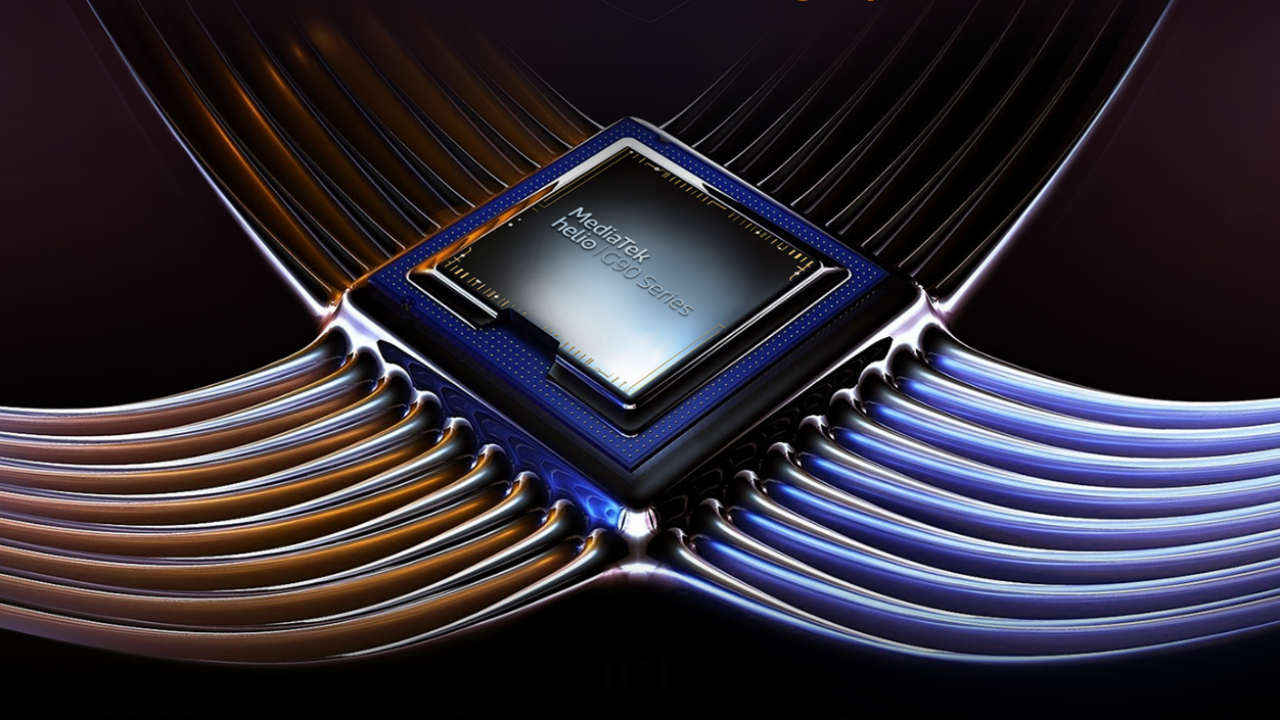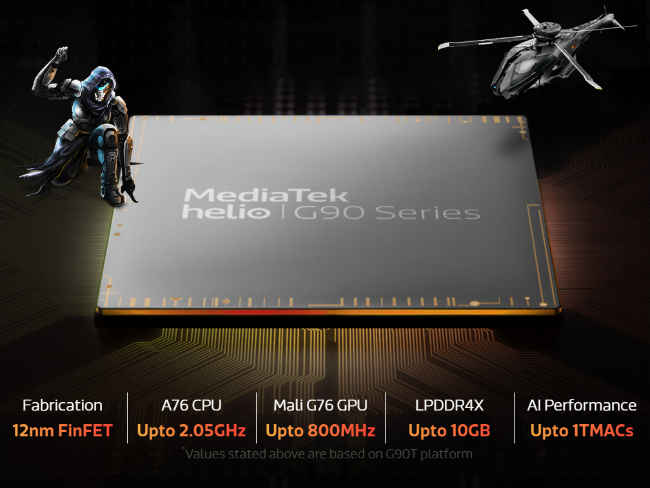MediaTek Helio G90, G90T gaming-centred chipsets with HyperEngine tech launched
MediaTek launches Helio G90, Helio G90T gaming-centred chipsets.
Xiaomi says it will launch a G90T-powered gaming phone soon.
Representatives from Realme, Vivo and Moto told Digit that they could launch G90-powered phones this year.

Smartphone gaming has seen a boom lately, and MediaTek has now joined the fellow chipmakers by launching its gaming-centric chipsets, the Helio G90 and Helio G90T with HyperEngine game technology. The Taiwanese chipmaker says that the Helio G90 Series of chipsets combine the CPU and GPU cores with MediaTek’s HyperEngine game technology that tunes the smartphone for gaming. The Helio G90 Series uses Arm Cortex-A76 and Cortex-A55 cores which can be clocked up to 2.05GHz. The chipset will also feature Arm Mali-G76 3EEMC4 GPU with clock speeds of up to 800MHz. MediaTek claims that the GPU can offer up to 50 percent performance boost.
 Survey
Survey“The mobile gaming market is growing and device makers are looking to give consumers and especially gaming fans the best smartphone game-play experience. That’s why we designed the G90 series. Our combination of hardware and software delivers high performance, unrivalled image quality, uninterrupted connectivity, and smooth responsive action even in the most demanding games. With the Helio G90 series, you get a super-fast and responsive display and reduced lag for smoother gameplay. Whether it’s Fortnite, PUBG or other top titles, this chip is a gaming powerhouse,” TL Lee, General Manager of MediaTek’s Wireless Communication business unit, said in a statement.
Performance
The new G90 Series will support up to 10GB of LPDDR4x RAM. MediaTek’s HyperEngine game technology has an array of engines to boost the mobile gaming experience. MediaTek’s HyperEngine technology includes:
Networking Engine: It optimises the connection between smartphone and cellular network. The chipmaker says that when it detects the Wi-Fi signal degrading, it triggers Wi-Fi and LTE concurrency in milliseconds to keep the game “lag-free”. It claims that even with a crowded network, gamers will get up to a 50 percent faster response than competing solutions. Further, the Dual Wi-Fi Connections allows a single smartphone antenna to be connected to two Wi-Fi bands (2.4GHz/5GHz) or two routers simultaneously for a decrease in latency and game jitter reduction.
These chipsets support Call and Data Concurrency, which basically means that when you receive a call, there won’t be a drop in data connection. MediaTek says that users can defer a call without leaving the game, that is, the data connection remains live and the game server connection does not drop. The Rapid Response Engine uses touch acceleration to improve in-game action-to-display speeds.
The Resource Management Engine is said to direct device resources to deliver for “optimum performance”. The Picture Quality Engine provides support for the HDR10 standard with 10-bit Color Depth on HDR-enabled smartphone displays.
Cameras
Both the chipsets feature triple-ISP design for “fast, precise” AI facial detection. On the premium imaging side, the chipsets support up to 64MP single camera and multi-camera combinations. The chipsets have a dedicated ‘night shot’ mode that uses quad-pixel technology to capture clearer images in low-light conditions. The chipsets’ multi-camera (Triple/Quad) framework also supports ultra-wide, telescopic and/or sub-sensor for depth-mapping or HDR. They support video recording at up to 240fps.
Xiaomi, Realme, Vivo and Moto to launch G90-powered phones
Manu Kumar Jain, Managing Director of Xiaomi India, announced that the company would launch a MediaTek Helio G90T-powered gaming phone soon. Representatives from Realme, Vivo and Moto were also present at the launch and a MediaTek spokesperson confirmed they are working with other OEMs to bring the chipset to the market in 2019.
Digit NewsDesk
Digit News Desk writes news stories across a range of topics. Getting you news updates on the latest in the world of tech. View Full Profile


